-
Research brief: Antarctic ocean warming doubles under high emission scenarios
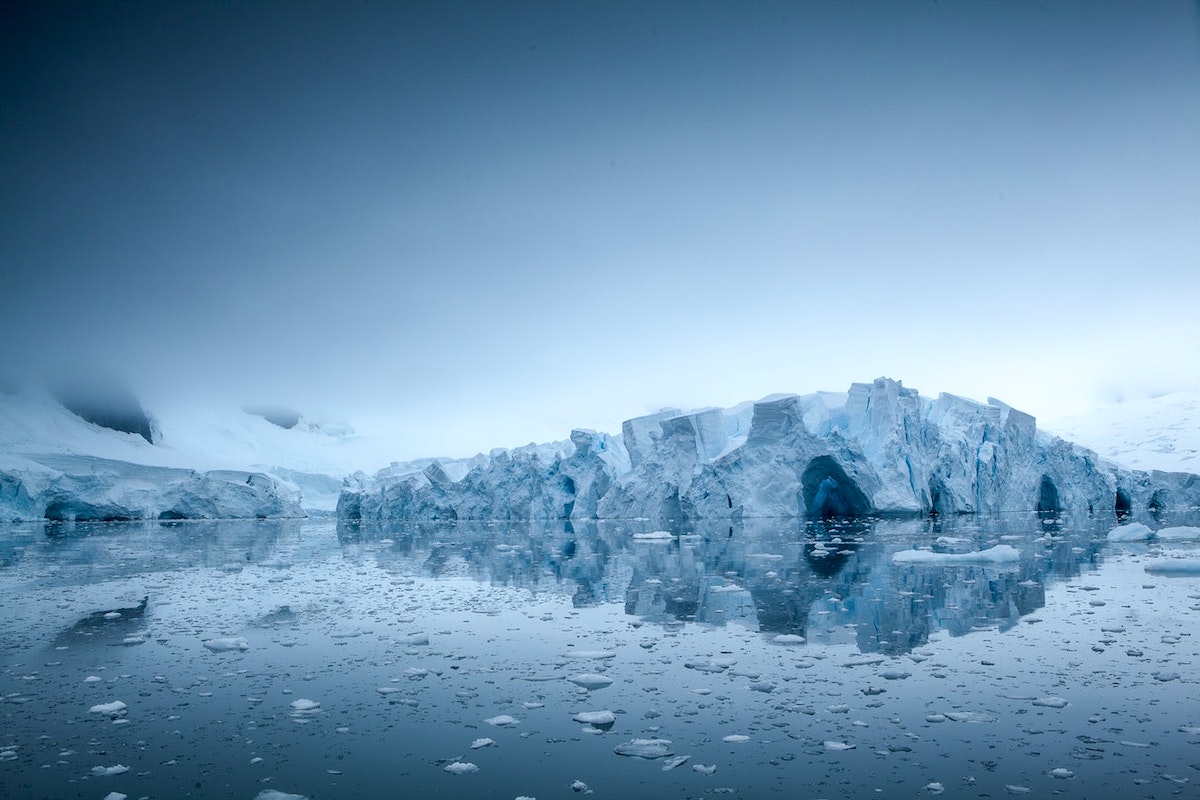
CLEX researchers found the ocean around Antarctica will warm under future emission scenarios, with the level of warming under the high emission scenario almost double that under the medium-low emission scenario.
-
Research brief: How internal waves drive mixing in the Southern Ocean
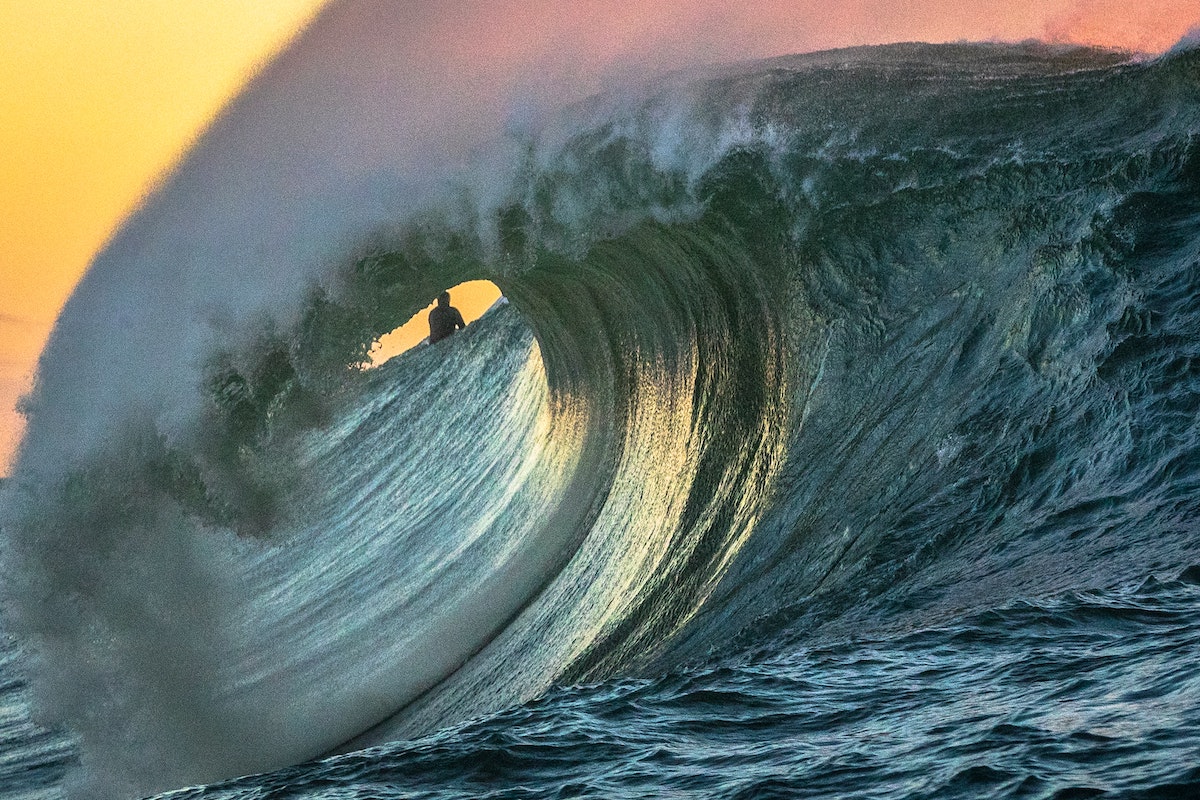
Major gaps exist in our understanding of the pathways between the generation and the breaking of internal waves in the Southern Ocean. This has important implications for the distribution of internal wave-driven turbulent mixing, for the sensitivity of ocean mixing rates, and for the representation of ocean mixing in numerical models.
-
Changing ocean eddies reorganise ocean energy
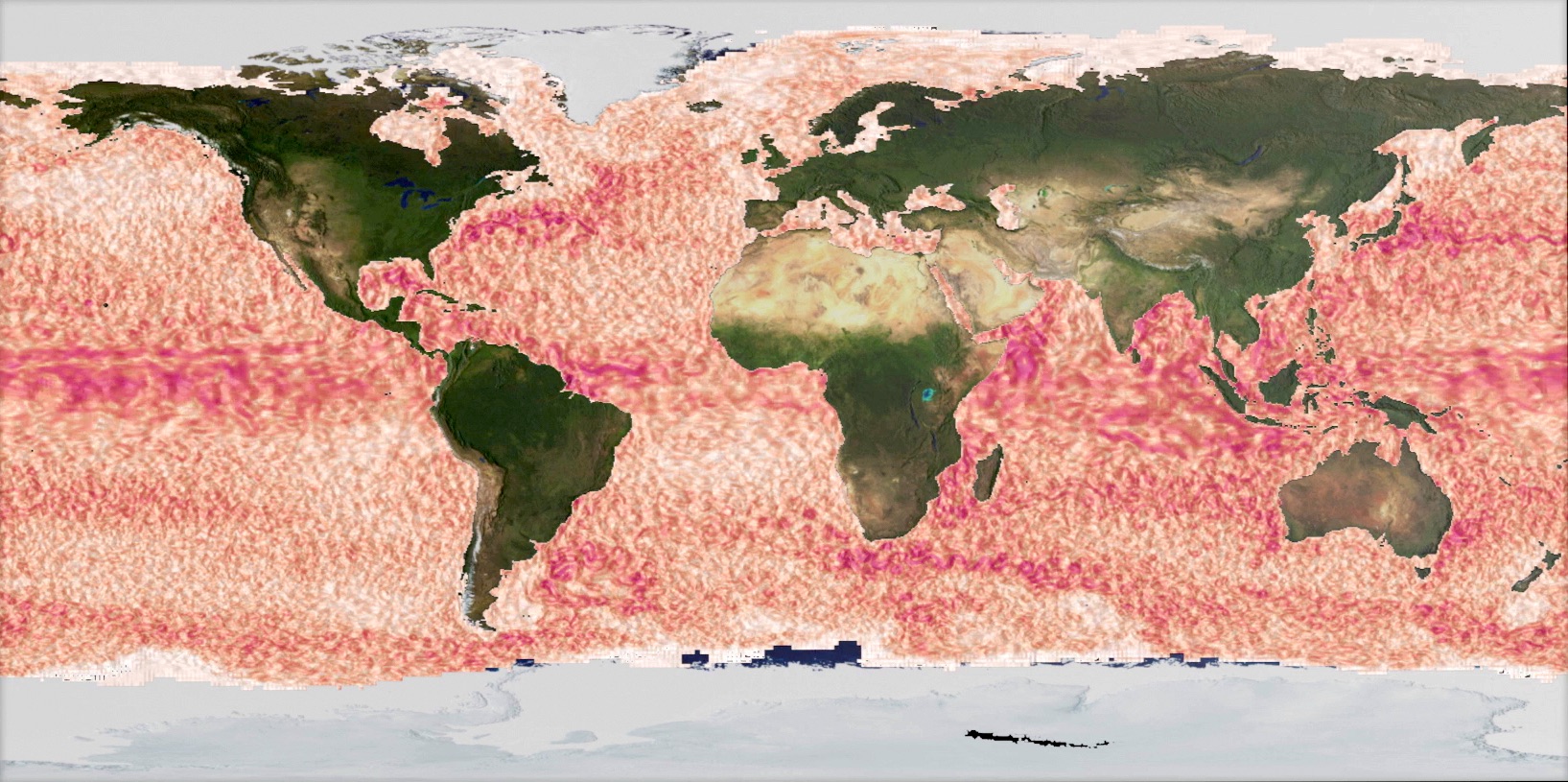
The discovery of changing eddy energy was made by a team of ANU and UNSW researchers from the ARC Centre of Excellence for Climate Extremes. Their work, published today in Nature Climate Change, shows clear changes to the distribution and strength of these eddies, which had not been previously detected.
-
Research brief: How climate change impacts Marine heatwaves around Australia and New Zealand
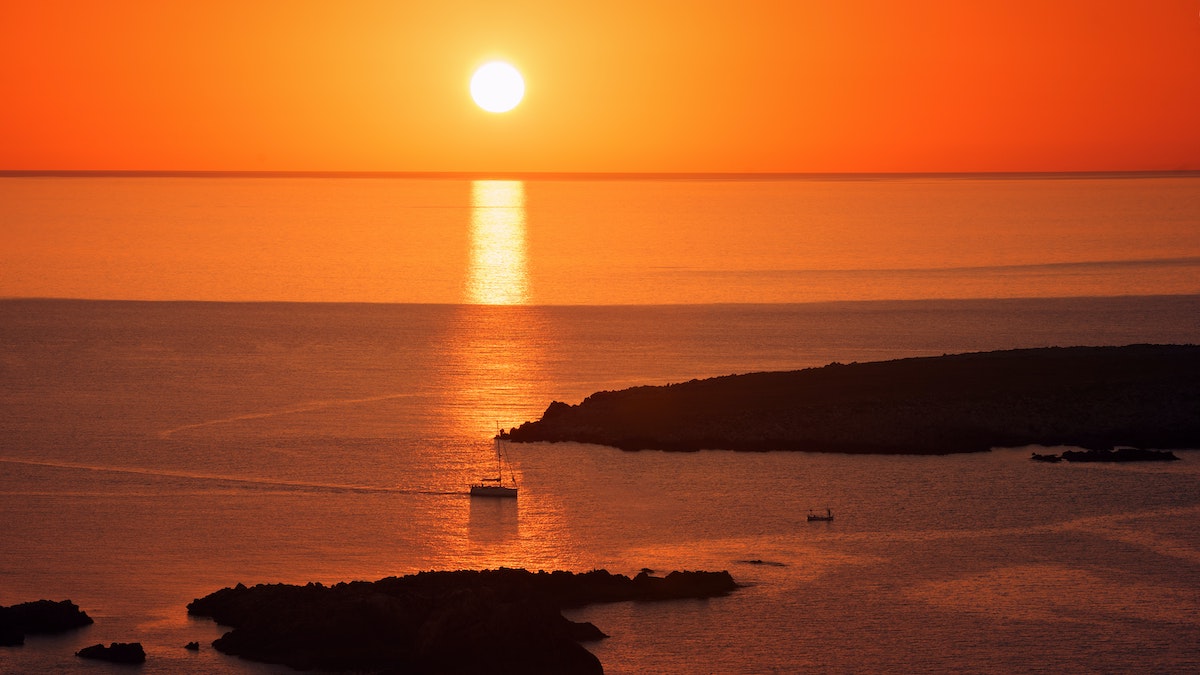
This study uses a high‐resolution climate model to investigate how and why marine heatwaves would change for the Australian region. The relative impacts of increases on background ocean temperature and changes to intrinsic temperature variations are compared.
-
Research brief: Unlocking the keys to ocean literacy
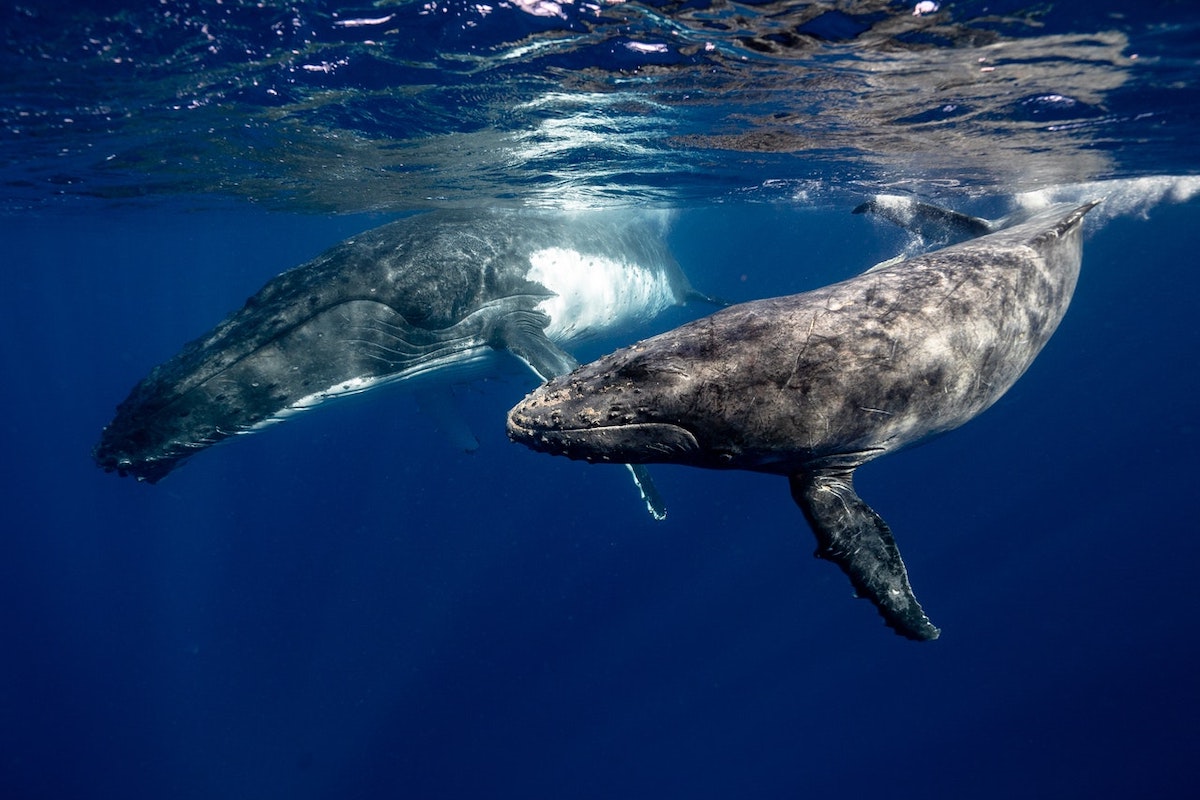
As part of the Future Seas project, this paper summarizes knowledge and perspectives on ocean literacy from a range of disciplines, including but not exclusive to marine biology, socio-ecology, philosophy, technology, psychology, oceanography and human health.
-
Research brief: Warmer oceans amplify LENGTH AND FREQUENCY of coastal marine heatwaves
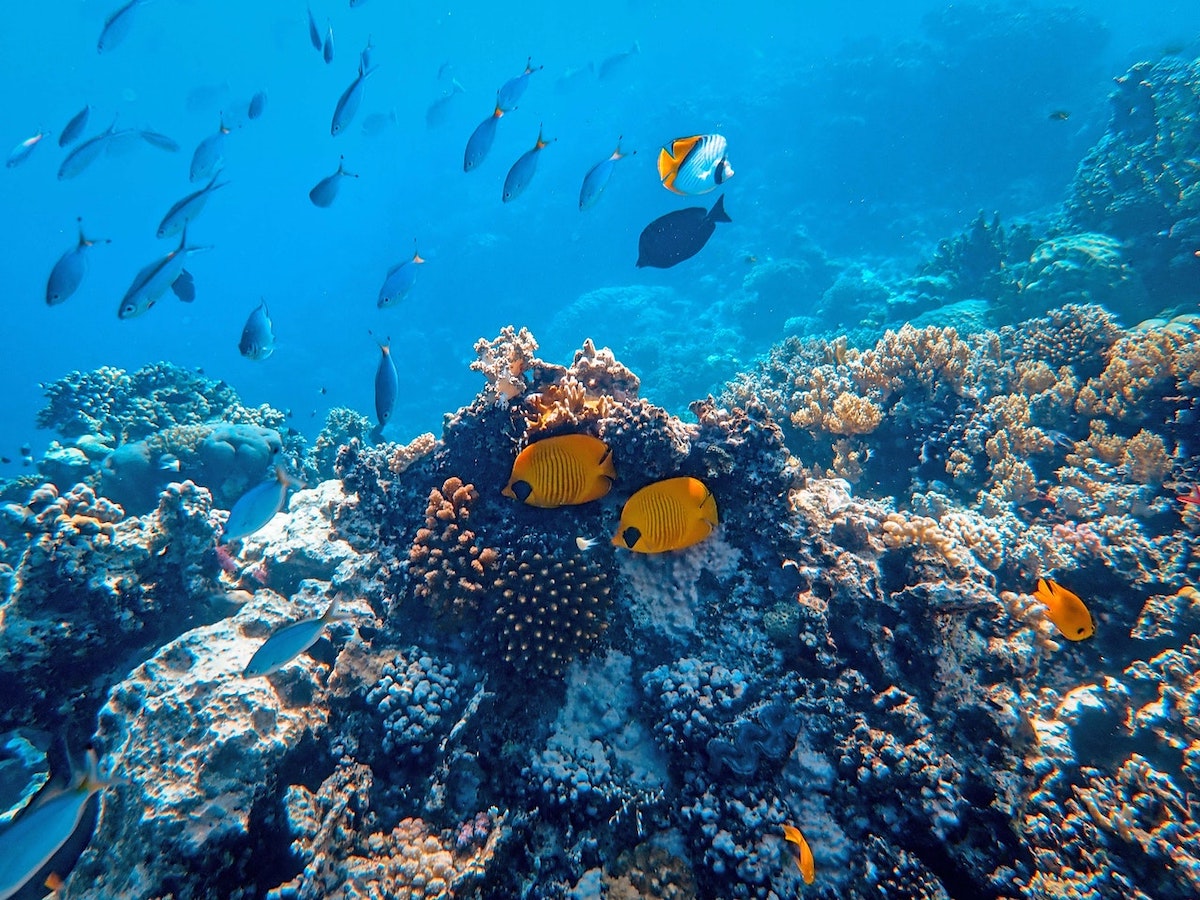
CLEX researchers found coastal marine heatwave hotspots were concentrated along the Mediterranean Sea, Japan Sea, south‐eastern Australia and the north‐eastern coast of the United States. They also found the frequency of these events and their duration globally increased by 1–2 events per decade and 5–20 days per decade. Most of the marine heatwave hotspots identified…
